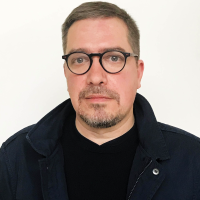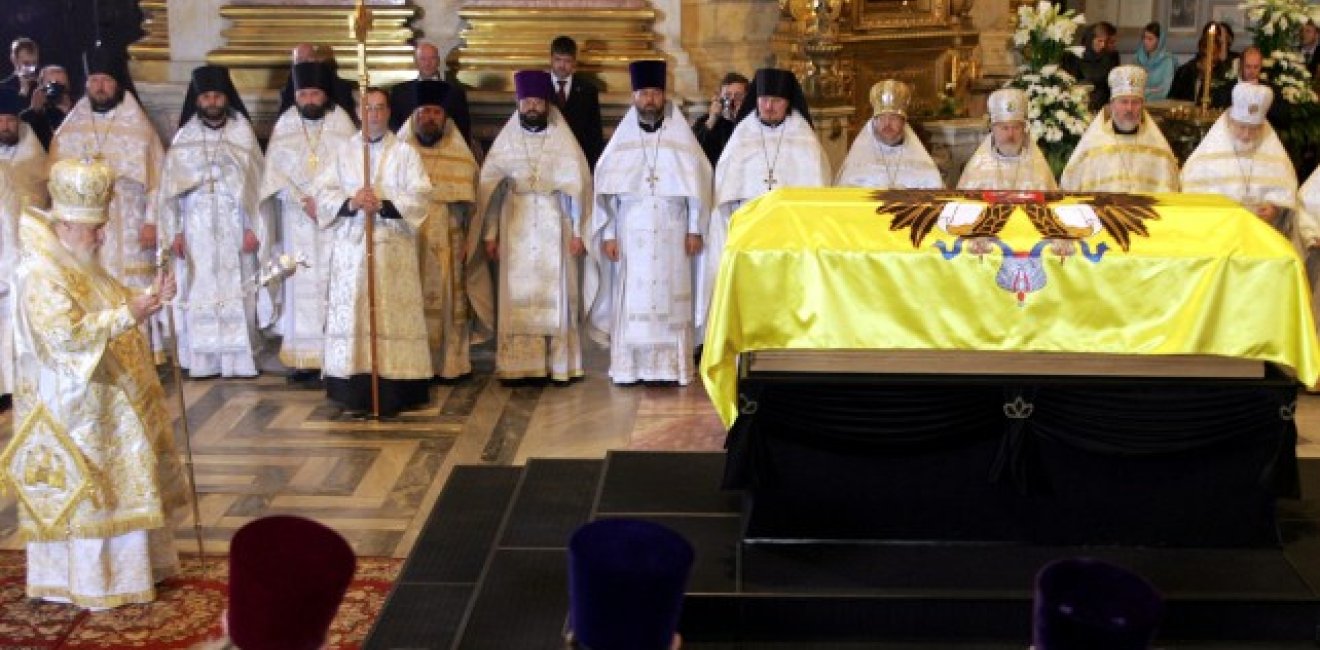
A blog of the Kennan Institute
It is not just the fate of Vladimir Lenin’s body, lying embalmed in a ziggurat-shaped tomb in the middle of Moscow’s Red Square, that is haunting Russia’s relationship with its history. The remains of Russia’s last czar, the victim of Lenin’s dictatorial regime, have not yet found peace either.
There is a political dimension to the story of the royal remains. It is widely believed, although not officially confirmed, that Russia’s president, Vladimir Putin, would like to organize a symbolic ceremony that would bring closure to Russia’s divisive and bloody twentieth century. Such an event could involve a burial of the two members of the royal family, the czarevich Alexei and his sister Maria, who have never been put to rest, and a solemn church recognition of all other remains as belonging to the Romanovs, who were all inducted into sainthood but whose bodies, from the Russian Orthodox Church’s viewpoint, have never been recovered.
Paradoxically, it is the church, Putin’s main domestic political ally, that stands in the way of the kind of reconciliation that Putin envisions. A closure seems tantalizingly near, given the Russian president’s attention to symbolism and his control of Russia’s every institution, but “a deal with Russia’s history” has been evading him for years now. “Putin is seeking to put an end to that epoch and is making a lot of effort to bring the Russian Orthodox Church onboard, but it has been resistant,” Igor Bunin, head of the Center for Political Technologies, told Znak, an online resource.
In an unprecedented move, President Putin on Friday attended and addressed the Bishop’s Council of the Russian Orthodox Church, which took place in Moscow’s Cathedral of Christ the Savior. But according to reports of the event, the question of the royal remains, which was supposed to have been resolved by now, was not even mentioned.
The Romanov family and their servants were executed by firing squad in the Ural Mountain city of Yekaterinburg in July 1918.
The Romanov family and their servants were executed by firing squad in the Ural Mountain city of Yekaterinburg in July 1918. The White forces were taking over the city and the Bolsheviks, who were on the retreat, did not want to leave their royal prisoners behind. The chairman of the Council of People’s Commissars, Vladimir Lenin, and the chairman of the All-Russian Executive Committee, Yakov Sverdlov, were the two top Bolshevik officials at the time. No direct proof of their ordering the execution is known, but many historians believe that a decision of that importance could only have been finalized in Moscow.
The remains of Czar Nicholas II, his wife, their three daughters, and four members of the family’s immediate retinue, nine bodies in all, were recovered in 1991 near Yekaterinburg. In 1998, after an extensive investigation and a forensic identification, organized by the then government of Russia, the five members of the Russian royal house were buried with state honors in the St. Peter and St. Paul Cathedral of St. Petersburg.
For reasons that are still a mystery, the leaders of the Russian Orthodox Church, a church that later recognized all members of the royal family as martyrs, stayed away from the process of identification and did not attend the 1998 interment ceremony. With none of the high clergy present, a staff priest of the cathedral who was assigned to conduct the memorial service did not recount the names of the late czar or his relatives. “Their names only Thou, Lord, knowst,” was the formula used during the memorial service. The official church has not recognized the remains as relics.
A newly developed form of DNA testing, performed simultaneously by three laboratories in Russia, the United States, and Austria, was used to identify the remains.
In 2007 two missing bodies, those of the czarevich Alexei and his sister Maria, were found. A newly developed form of DNA testing, performed simultaneously by three laboratories in Russia, the United States, and Austria, was used to identify the remains. Neither forensic scientists nor geneticists had any doubts about the identity of the deceased. Still the church refused to join in recognizing it.
Because of the uncertainty of their status, Alexei and Maria remain unburied. Their remains are kept in the Russian State Archives. In 2015 a church commission was established to look into the results of all the investigations conducted by the time. The church called the existing findings inconclusive and ordered a new probe. One recent news item that emerged out of this work is the shocking revelation that many among Russia’s high clergy considered the execution a “ritual murder.” The suggestion, made first by a civil investigating official and later by a high-placed cleric, sounded unmistakably anti-Semitic, given the language of the allegation and the fact that Yakov Yurovsky, the commanding officer of the squad that executed the royal family, was of Jewish extraction.
“It would not deserve attention were it not for a trail of tragic events that, historically, have always followed such libelous allegations,” Rabbi Boruch Gorin, a spokesman for the federation of Jewish communities, told the Interfax news agency. “Church officials did not elaborate whether they meant Yurovsky’s ethnicity when they used the phrase ‘ritual murder,’ but any educated person would know what was implied.” It is worth noting that Yurovsky himself had distanced himself from his Jewish roots long before the events and in the early 1900s converted to Lutheranism – a fact that makes the allegation even more absurd.
The head of the church’s investigative commission, Bishop Tikhon Shevkunov, later elaborated, ostensibly to make sure his earlier comments were not taken as anti-Semitic. It was a ritual of revenge, of a symbolic destruction of the old Russia, he pointed out. “Quite a few people involved in the execution—in Moscow or Yekaterinburg—saw the killing of the deposed Russian emperor as a special ritual of revenge,” he was quoted by the state RIA Novosti news agency as saying.
Whatever their intent, the church officials who brought up the “ritual” nature of the murder of Russia’s last czar were not helping a reconciliation cause championed by none other than Vladimir Putin. The Russian president may be many things, but he is not an anti-Semite.
The idea of a “reconciliation according to Putin” is complicated not just by the Russian Orthodox Church’s inexplicably ambiguous stance toward the remains of the royal family. A reconciliation understood only as a peace between the Reds and the Whites of old misses the point. The Reds and the Whites have long since been reduced to faint shadows from the past: modern Russians identify with neither. The chasm runs not between them but between the ordinary folks and the oppressive state that once wanted everyone to march into the future by shedding the shackles of religious belief and now wants everyone to stride back into the past by putting on the heavy garments of the old faith of the fathers.
Author

Editor-at-Large, Meduza

Kennan Institute
After more than 50 years as a vital part of the Wilson Center legacy, the Kennan Institute has become an independent think tank. You can find the current website for the Kennan Institute at kennaninstitute.org. Please look for future announcements about partnership activities between the Wilson Center and the Kennan Institute at Wilson Center Press Room. The Kennan Institute is the premier US center for advanced research on Eurasia and the oldest and largest regional program at the Woodrow Wilson International Center for Scholars. The Kennan Institute is committed to improving American understanding of Russia, Ukraine, Central Asia, the South Caucasus, and the surrounding region through research and exchange. Read more

Explore More in The Russia File
Browse The Russia File
Chechnya as a Model of Modern Russia

Russia’s Indigenous Communities and the War in Ukraine

Gas and Power in a Changing US–Russia Relationship

